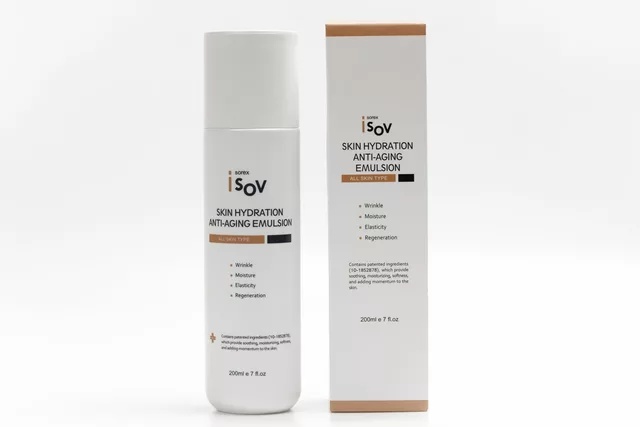Clothing Tips for Patients: Comfort, Safety, and Recovery
Clothing can speed up or slow down recovery. Pick the right fabric and fit and you’ll reduce skin irritation, make wound care easier, and stay safer when mobility or medication side effects are in play. Here are clear, practical tips you can use today.
Fabrics and sun protection
Choose breathable, soft fabrics like cotton or bamboo blends for everyday wear. They reduce chafing and wick sweat without irritating skin. If you take photosensitizing meds (think tetracyclines or isotretinoin), wear tightly woven fabrics, long sleeves, and a wide-brim hat outdoors. Look for clothing labeled UPF or simply pick darker, denser weaves rather than thin white tees that let sunlight through.
Avoid harsh materials such as rough wool or scratchy synthetics when you have fragile or healing skin. For skin conditions—eczema, dermatitis, or steroid-thinned skin—seamless or tagless items cut down on rubbing. Wash new clothes before wearing to remove chemical finishes that can trigger reactions.
Dressing tips, fasteners, and medical devices
Front-opening shirts, zip-front hoodies, and wide neck openings make dressing easier after surgery or when you’re weak. Velcro and magnetic closures are lifesavers for people with reduced dexterity. Slip-on shoes or those with elastic laces save bending and balance struggles.
If you use medical devices—PICC lines, ports, ostomy bags, insulin pumps—plan clothing around access and protection. High-waist, stretch fabrics sit comfortably over ostomies. Avoid tight bands or belts that press on lines or ports. For pumps, pockets at waist height or belt clips keep the device secure and reduce tugging.
Compression garments can help swelling and circulation, but get fitted and cleared by your clinician. Never start tight compression if you have untreated peripheral artery disease or unclear circulation issues.
Shoes matter. For neuropathy or balance problems pick low heels, wide toe boxes, and slip-resistant soles. Adjustable straps or Velcro allow room for swelling. If you bruise easily because of anticoagulants or steroids, avoid shoes or socks with tight seams that dig into skin.
Laundry tips: use mild, fragrance-free detergent and skip fabric softeners if you need absorbent towels or moisture-wicking clothes. Hot dryers can shrink or warp elastic in medical supports—air-dry when possible. Keep a small drawer for clean, easy-to-reach garments if dressing is hard on bad days.
Quick checklist: pick soft breathable fabrics, prioritize easy closures, protect medial devices, choose stable shoes, and watch sun exposure when on certain meds. Small clothing changes often make daily life and recovery much easier—and reduce preventable complications.




